Last Updated on April 5, 2022 by Abid Iqbal Shaik
Our Galaxy S21 Ultra review is finally here! It is Samsung’s flagship smartphone for 2021, and it competes with the best of the best in the industry, including the Apple iPhone 13 Pro Max, OnePlus 9 Pro, and the Xiaomi Mi 11 Ultra. Since there hasn’t been a new Galaxy Note series smartphone this year, Samsung’s hopes are tied to the Galaxy S21 Ultra. While the South Korean smartphone giant has launched the Galaxy Z Fold 3 and the Galaxy Z Flip 3 sometime in August 2021, the foldable smartphones are still not considered as the best that Samsung has to offer in terms of hardware performance, cameras, and battery life.
I’ve been using the Galaxy S21 Ultra over the past three months, and here’s my in-depth review of the smartphone. Is it better than flagship smartphones from Apple, OnePlus, and Xiaomi? Let’s find out in this Galaxy S21 Ultra review.
Samsung Galaxy S21 Ultra Design
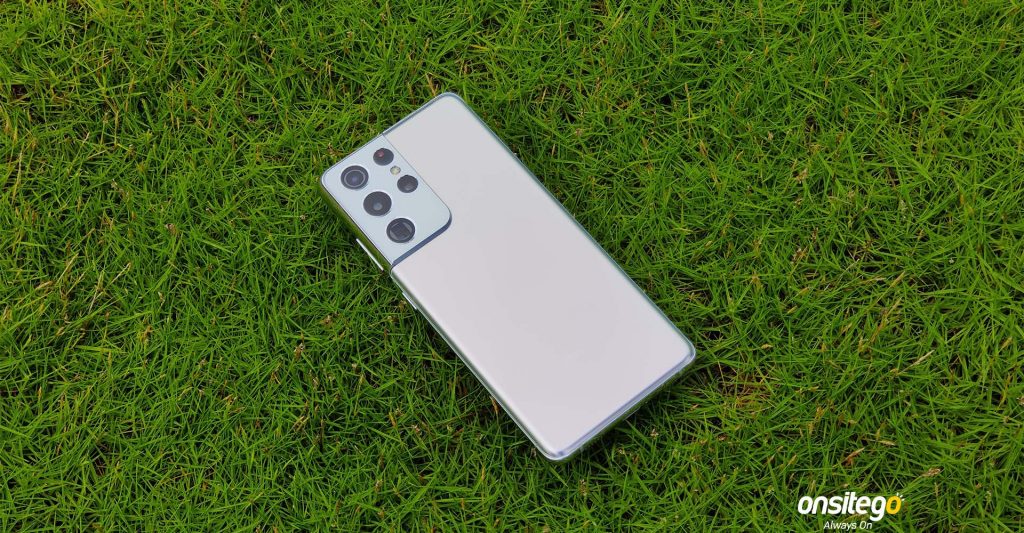
Subscribe to Onsitego
Get the latest technology news, reviews, and opinions on tech products right into your inboxMany had complained that the Galaxy S20 Ultra had an extremely boring design. So, Samsung massively improved the looks of the Galaxy S21 Ultra. The new design looks extremely attractive and unique. From its matte-finished glass to its uniquely-shaped metal camera bump, everything seems fresh. The matte finish on the rear glass helps in reducing fingerprints. The Galaxy S21 Ultra’s camera bump melts and meets the rest of the metal frame. The phone feels solid in the hands, and the buttons offer a satisfying click.
At the front, the phone has a bezel-less display with a centre-aligned punch-hole-shaped cutout to accommodate the selfie camera. There’s an in-display fingerprint reader. The phone is protected by Gorilla Glass Victus (the latest version of Gorilla Glass as of 2021) on the front and the rear. The Galaxy S21 Ultra, similar to its predecessors, is IP68-certified for dust and water resistance. The phone lacks a headphone jack, but it has stereo speakers. There’s a USB Type-C port at the bottom.
Yes, the phone is chunky, and not everyone might appreciate its weight. Still, it is nowhere close to the chunkiness of the Xiaomi Mi 11 Ultra. Overall, it is among the best when it comes to the build quality, strength, and looks. Except for its weight and size, I don’t think people would have much to complain about it.
Samsung Galaxy S21 Ultra Display & Audio Quality
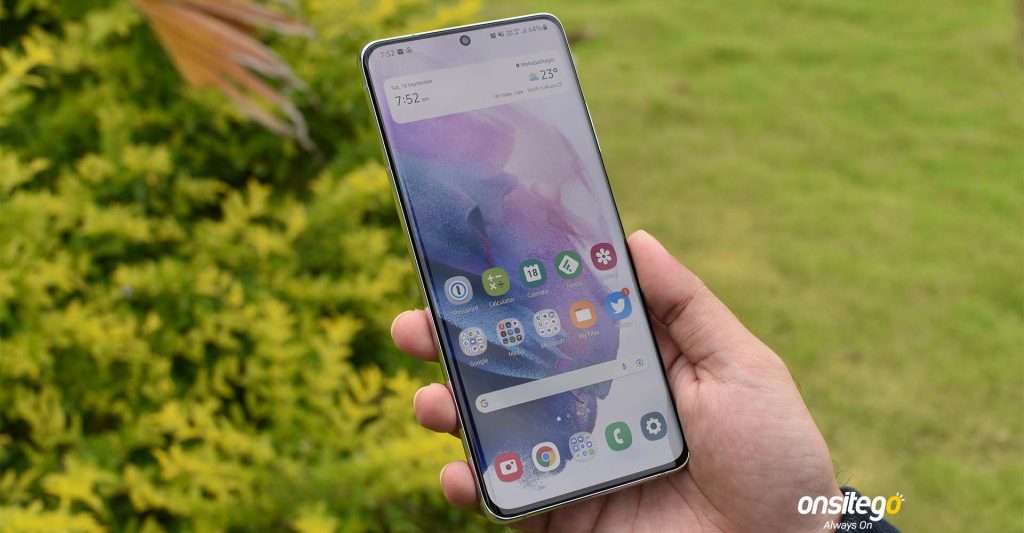
The 6.8-inch Dynamic AMOLED 2x display on the Galaxy S21 Ultra has QHD+ resolution and a 120Hz variable refresh rate. Unlike most other high-end smartphones released in 2021, the Galaxy S21 Ultra uses a true variable refresh rate panel and can switch from a 10Hz to 120Hz refresh rate, depending on the content.
The hardware-based variable refresh rate feature is possible due to its LTPO (Low-Temperature Polycrystalline Oxide) OLED display panel that allows dynamically changing the refresh rate. It means that the screen is not using a 120Hz refresh rate all the time, thereby saving consuming lower energy when compared to fixed 120Hz screens. When you’re staring at a still image and not touching the screen, the refresh rate can go as low as 10Hz, and the moment you start swiping and scrolling, it shoots up to 120Hz. The animations when you scroll and swipe on the screen feel extremely smooth, but sometimes the screen shows a micro stutter when it changes the refresh rate.
The overall quality of the screen is as good as it gets in the world right now. It has the highest screen brightness, the best contrast ratio, widest viewing angles, and deepest blacks. I couldn’t find any fault with the Galaxy S21 Ultra’s display. Even the colour accuracy was spot on. Samsung offers various colour modes and temperature settings that you can choose from to make the display suit your personal preferences. The Galaxy S21 Ultra is also compatible with the S Pen, but the stylus doesn’t come bundled with the phone. You have to buy it separately. You also have to spend more money to buy an S Pen-compatible case to store the stylus. The S Pen works as well as it does on any other Galaxy Note series smartphone.
The Galaxy S21 Ultra’s stereo speakers (earpiece acts as one of its loudspeakers) are loud and clear. There’s a bit of bass as well, offering rich audio quality. Listening to music, playing games, and watching videos is a treat on the smartphone. You can use a USB Type-C to 3.5mm DAC (Digital To Analog Converter) adapter to use wired headphones or get yourself USB Type-C headphones. If you want to go the wireless way, you would be happy to know that the Galaxy S21 Ultra supports all kinds of high-quality Bluetooth audio codecs: AAC, aptX, aptX HD, aptX Adaptive, aptX Low Latency, and LDAC. I used the Galaxy Buds+ and the Soundcore Liberty Air 2 with the phone during the review period, and I did not face any connection issues.
The company has also integrated Dolby Atmos into the Galaxy S21 Ultra. You can turn on the feature to make the audio a bit more lively. You can either set it to Auto or choose between Movie, Music, and Voice. Then there’s an equaliser for fine-tuning the audio output of the device. The Adapt Sound feature boosts some frequencies, depending on your age, so that music sounds fuller. However, it works only when listening to the audio via headphones.
Samsung Galaxy S21 Ultra Camera Quality

Samsung wanted the Galaxy S21 Ultra to have the most flexible camera setup among all the 2021 flagship smartphones. So, it equipped the device with five cameras: a 40MP selfie camera with autofocus and four rear-facing cameras. The rear-facing camera setup consists of a 108MP primary camera with a wide-angle lens and OIS, a 12MP ultrawide camera with autofocus, a 10MP telephoto camera with a 3x optical zoom lens, and a 10MP telephoto camera with a 10x optical zoom lens. The primary camera and both telephoto cameras on the rear feature phase-detection autofocus and OIS. The ultrawide camera can double up as a macro camera when needed.
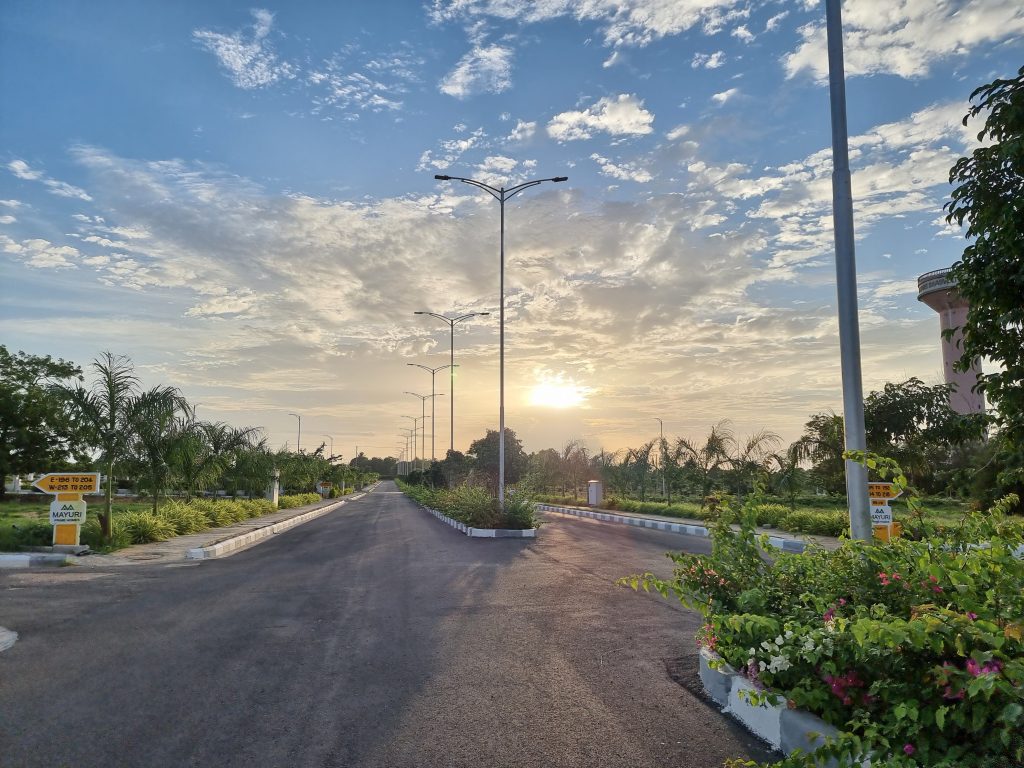
In terms of the camera app and features, it is easy to use. It has various camera modes: AR Doodle, Food Mode, Hyperlapse Mode, Night Mode, Panorama Mode, Portrait Mode, Professional Mode, Portrait Video, Pro Video, Single Take, Slow-Mo, and Ultra Slow-Mo. Samsung even debuted a special camera mode called the ‘Director’s View’ that shows video feeds from all the cameras simultaneously. The idea is that you can quickly switch from one camera to another, depending on the need and without stopping the video. All five cameras on the Galaxy S21 Ultra can capture 4K 60fps videos. The 108MP camera can even capture 8K 24fps videos.
The quality of all the cameras is industry-leading. Yes, phones like the Mi 11 Ultra and the OnePlus 9 Pro have much larger ultrawide camera sensors, and the iPhone 13 series captures comparatively brighter and noise-free videos. Still, when you combine the performance and flexibility of the cameras on the Galaxy S21 Ultra, the smartphone comes out on top. The Mi 11 Ultra and the OnePlus 9 Pro have worse front-facing and zoom cameras, while the iPhone 13 Pro Max can’t even come close to the zoom performance of the Galaxy S21 Ultra.
The still images captured in daylight conditions are clean, noise-free, and have an extremely wide dynamic range. The primary camera has a resolution of 108MP, but it uses a 9-in-1 pixel binning method to offer 12.5MP resolution by default. You can switch to a full 108MP resolution by clicking on the aspect ratio button on the camera viewfinder screen. In comparison, 108MP images offer marginally better details, but the dynamic range suffers slightly. We would advise most people to stick to the 12.5MP resolution mode unless you’re shooting photos under bright conditions and facing away from the sun.
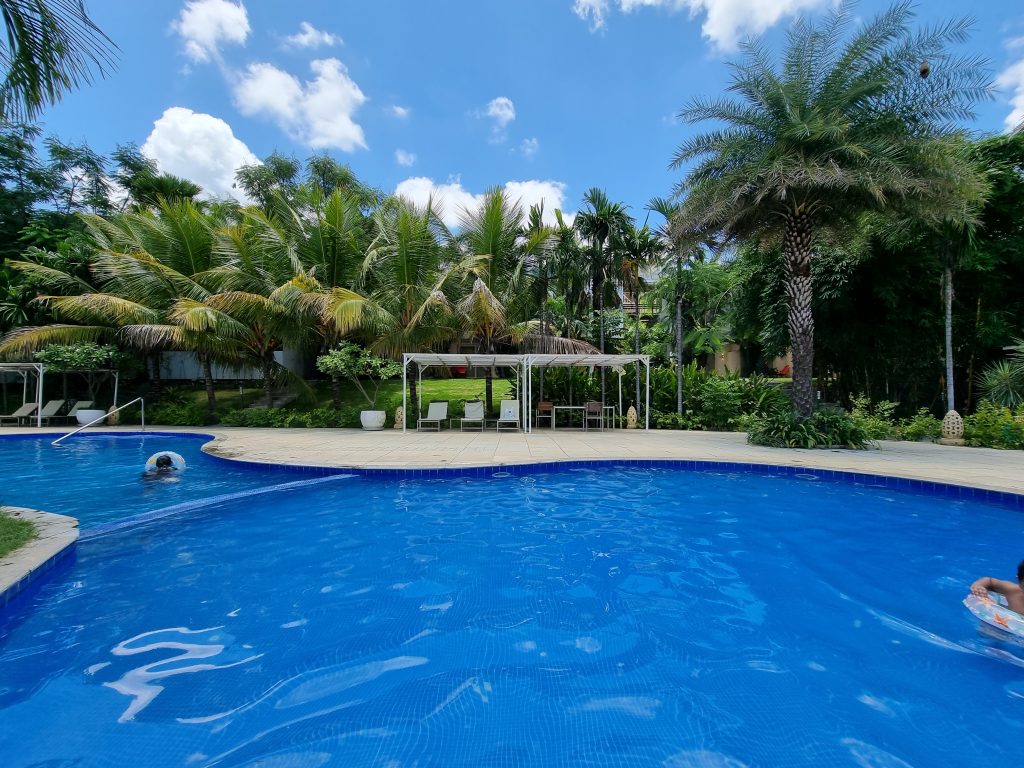
The ultrawide camera has relatively lower details when compared to phones that use larger sensors for the ultrawide cameras, but the Galaxy S21 Ultra trumps them in terms of colours and dynamic range. It also uses a more advanced barrel correction algorithm, which means that the ultrawide images from the Galaxy S21 Ultra don’t have stretched sides.
The two 10MP telephoto cameras on the rear have slightly lower details than the primary camera, but that is true with all other smartphones. The colours and dynamic range remain similar, though. It looks like the company has worked hard on keeping the colour consistency and dynamic range between all the cameras as close as possible. This is where Samsung blows past the competition.

Even in low-light conditions, the smartphone captures brilliant images. When the Night Mode is activated, there’s very little noise, and the dynamic range is wide. If you don’t use the Night Mode, the photos captured using the ultrawide camera has noise and blown highlights. Similar is the case with the 10MP telephoto cameras. So, we would advise you to use the Auto Night Mode or Night Mode to capture images in low-light conditions such as indoors or during the night.
The front-facing 40MP camera uses 4-in-1 pixel binning to capture 10MP images. Unlike the past, Samsung has dialled down its face smoothing algorithm for the front-facing camera. In fact, the camera app asks whether you like natural processing or face smoothing when you use the front-facing camera for the first time. I went with the natural processing, and the result was terrific. Selfies showed enough details on the face, such as acne, hair, and pores. Even the skin tone looked natural, but I would say Samsung needs a little more work to get the accurate skin tone.

The quality of videos captured using the Galaxy S21 Ultra’s cameras is second only to the latest iPhones. In the Android world, Samsung is still the king of the hill. Videos have very little noise, great details, good sharpness, and balanced colours (although slightly saturated than in reality).
I have three complaints from the phone in this regard, though:
- There’s no option to switch between the four rear-facing cameras while the video is being recorded in the 4K 60fps mode. You can select any of the cameras before recording the video. However, once the recording has begun, you can’t switch between different lenses. You’ll have to stop the video recording and then switch between the cameras.
- There is comparatively more noise and artefacts when recording 4K 60fps videos in low-light conditions. The iPhones have much lower noise, and the videos are bright, thanks to their larger native pixel size.
- Samsung has still not offered 30fps mode and EIS while recording 8K videos, which means you are bound to see some jerks in the video, especially while panning and moving.
Overall, the Galaxy S21 Ultra has the most flexible and most balanced camera performance in the Android ecosystem. However, the new iPhones essentially beat the smartphone when it comes to video recording quality. And the Galaxy S21 Ultra beats all the iPhones in terms of zoom and ultrawide performance.
Samsung Galaxy S21 Ultra Performance
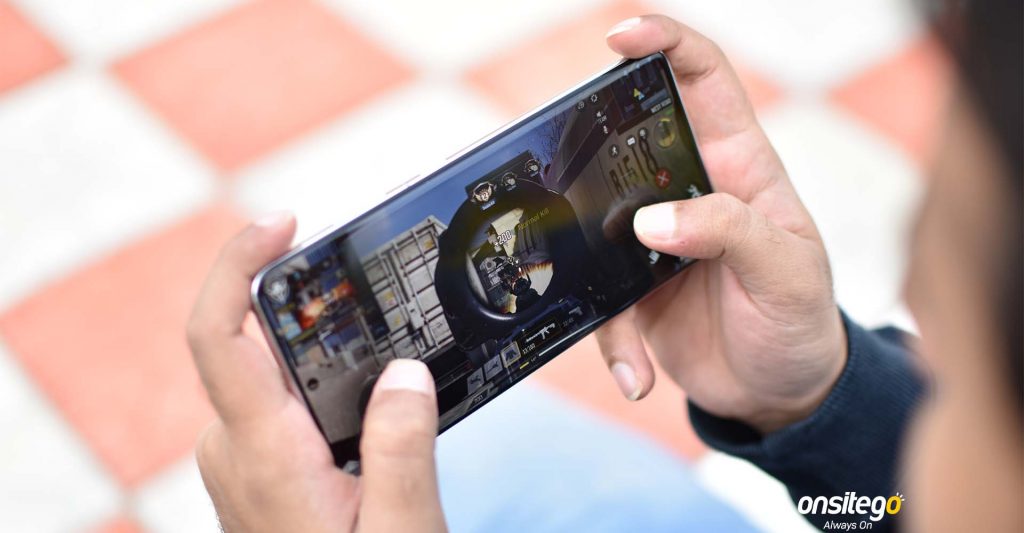
Samsung received a lot of flak for its sub-par Exynos processors over the past three years. Comparative Snapdragon processors were faster, more consistent, and more power-efficient. However, the new Exynos 2100 processor used in the Galaxy S21 series comes with massive improvements over its predecessors. It is fabricated using the 5nm Samsung EUV process, has newer Cortex-X1 and Cortex-A78 CPU high-performance cores, and a powerful GPU.
The Galaxy S21 Ultra performed admirably during all the day-to-day tasks as well as heavy gaming. There was no lag, overheating, or stuttering. In fact, the phone ran cooler than modern smartphones from OnePlus and Xiaomi. The camera app had slight lag but only rarely. While the CPU inside the Exynos 2100 is as fast as the Snapdragon 888, its GPU is still not class-leading. I would say that its GPU is slightly slower than last year’s Snapdragon 865+, but even that is more than enough to play high-end games. I did not notice performance throttling or overheating even after playing Call of Duty Mobile for three hours on a stretch (and that too during Indian summers), and that’s saying something.
So, do you need to worry about the Galaxy S21 Ultra’s performance due to its Exynos 2100 processor? Absolutely no. Everyone except competitive gamers would be fine with its day-to-day performance.
The Galaxy S21 series smartphones are the first in the world to use Qualcomm’s second-generation Ultrasonic fingerprint reader. It is much larger, faster, and accurate than the first-generation Ultrasonic fingerprint reader used in the Galaxy S10 and the Galaxy S20 series. And it works even when your fingers are wet.
Samsung Galaxy S21 Ultra Software
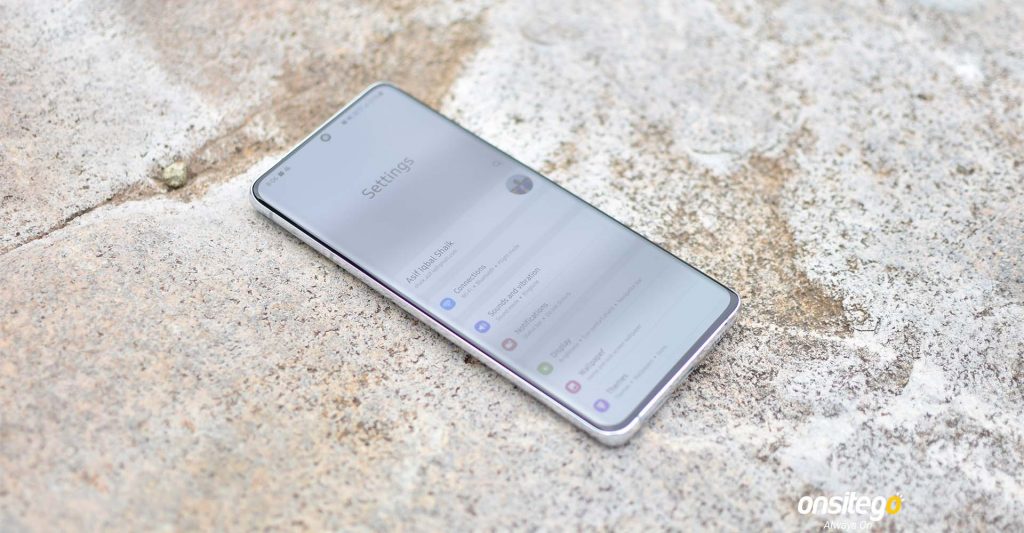
Hardware specifications and performance is just one side of the story. A lot depends on how well the software is designed and optimised. The Galaxy S21 Ultra runs Android 11-based One UI 3.1 software out of the box. It is among the best software that you can find in the Android ecosystem. One UI 3.1’s design looks modern, and everything runs smoothly. It has hundreds of features built-in that you won’t find in stock Android. Plus, Samsung has promised to release three major Android OS updates and security updates during the fourth year.
One UI also offers extensive customisation options. You can customise not only the icons, themes, fonts, and wallpapers, but also things like always-on display mode clocks, edge screen notification colours and styling, and calling screen videos. You can customise what happens when you long press the power button. You can also add various widgets on the lock screen. You can even see notifications history in case you forget about some notifications.
Samsung’s own AI-powered digital voice assistant Bixby is an alternative to Google Assistant, but it isn’t as functional. Bixby Routines is a useful feature, though. It can be used to create ‘Routines’ that can either start automatically or when you press a particular icon on the display. If you have more than one Galaxy device, you can take calls and text messages from those devices. You can also continue browsing the web or writing an email on another Galaxy device.
The Quick Share feature works similar to Apple’s AirDrop or Google’s own Nearby Share, letting you share files, images, videos, audio files, links, and more. However, Quick Share also works on Windows 10 PCs from Samsung, making it easier to share files between a smartphone, tablet, and computer.
- Bixby: Samsung’s own digital voice assistant. Google Assistant is much better than Bixby in voice recognition and features.
- Bixby Routines: IFTTT-like routines can be created using Bixby Routines. For example, you can set the phone to battery saver mode at a particular time slot.
- Call & Text On Other Devices: Continue to take calls on another compatible Galaxy smartphone, tablet, or PC.
- Continue On Other Devices: Continue browsing the web or writing emails on another compatible Galaxy device, similar to Apple’s Handoff feature.
- Dual Messenger: This feature lets you install two instances of the same app. For example, you can create two copies of WhatsApp, and use two WhatsApp accounts on the same smartphone.
- Edge Panels: Panels that appear on the right or left side of the screen, giving you access to app shortcuts. These shortcuts are completely customisable.
- Floating Apps: You can open apps into small floating windows. For example, you can keep the calculator into a floating window while making calculations while looking at numbers from other apps.
- Font Customisation: You can install any font for the system UI.
- Lock Screen Clock Style: Customise the shape, size, and style of the clock widget on the lock screen.
- Lock Screen Widgets: Add widgets on the lock screen, which makes it easier to access some features without unlocking the smartphone.
- Notification History: See the complete list of notifications you ever received.
- Notification Reminders: Get reminded about a notification a few minutes after getting the notification.
- Quick Share: Share files via Wi-Fi with other Samsung Galaxy smartphone, Samsung Galaxy tablet, or Samsung Windows 10 PC.
- Samsung DeX: It shows a desktop PC-like UI when the smartphone is connected wired or wirelessly to a monitor or a TV. You can connect a wired or wireless keyboard and mice to the phone and use it as a computer.
- Secure Folder: You can securely hide sensitive files like images, videos, audio, document, and more within Samsung’s Secure Folder. It can only be accessed via the smartphone’s owner through biometric authentication. You can even add apps and games to Secure Folder.
- Samsung Pass: It can be used to securely store username and passwords. It is similar to 1Password, but doesn’t have as many features.
- Samsung Pay: You can use it to make mobile payments, secured via your fingerprint.
- Side Key Settings: Set what happens when you long-press the power button.
- Smart Switch: A built-in app that lets you switch data (apps, call logs, games, messages, music, photos, videos, wallpapers, and more) from an older smartphone to a new Galaxy smartphone.
- Video Call Effects: You can set videos to personalise the call screen. Different videos can be set for different contacts.
Samsung Galaxy S21 Ultra Connectivity
Cellular signal reception was excellent, and the call quality was great. The voice of the person on the other side of the call sounded loud, natural, and sharp. Bluetooth and Wi-Fi reception was great, too. The Galaxy S21 Ultra has Bluetooth 5.0, Wi-Fi 6E, GPS, NFC, and a USB 3.2 Type-C port. I regularly used the Galaxy Buds+ and the Soundcore Liberty Air 2, and both worked flawlessly. The signal strength and audio quality were good.
The Galaxy S21 Ultra is the world’s first smartphone with Wi-Fi 6E. However, I don’t have a Wi-Fi 6E router at my home, so I couldn’t test its performance. I did try it with a Wi-Fi ac Netgear Orbi Mesh router and the TP-Link Archer AX50 Wi-Fi 6 router, and it worked as well as I expected. The phone even features UWB (Ultra Wide Band), which helps the phone in acting as a key for your smart home lock, smart car, and precision finding of UWB-equipped object trackers like the Galaxy SmartTag+.
Samsung Galaxy S21 Ultra Battery Life

The 5,000mAh battery inside the Galaxy S21 Ultra usually lasted more than a day after a full charger. With a single SIM card inside, connected to a 4G LTE network, and Bluetooth and Wi-Fi always turned on, the smartphone lasted more than 30 hours and offered 7-8 hours of screen-on time. When used in the dual-SIM mode, with Bluetooth and Wi-Fi turned on, the Galaxy S21 Ultra lasted 26-28 hours and offered a screen-on time of 6-7 hours. This is a huge improvement over the battery life of the Galaxy S20 Ultra and the OnePlus 9 Pro.
The phone doesn’t come with a charger, though, and is limited to just 25W fast charging. While I think that 25W is enough, especially when considering battery health in the long run, some people might feel dissatisfied. Other brands offer anywhere between 33W and 120W fast charging, allowing phones to be fully charged within 30 minutes. Samsung could’ve easily provided 45W fast charging for those who want ultra-fast battery charge top-up.
Should You Buy The Galaxy S21 Ultra?

If you are looking to buy a high-end Android smartphone with all the bells and whistles, I don’t think there’s any other smartphone that’s better than the Galaxy S21 Ultra. The Mi 11 Ultra comes really close but it doesn’t have the design finesse or the consistency in the camera to defeat the Galaxy S21 Ultra. Samsung’s latest flagship smartphone has the best display, best camera (both photos and videos from front and rear cameras), and the best software on any smartphone right now. It also features some advanced connectivity features like Wi-Fi 6E and UWB.
Yes, the phone comes with bloatware apps and some ads, but One UI is still the best software on any Android smartphone right now. Plus, the Galaxy S21 Ultra will get three major Android OS updates and security updates for four years. The phone’s battery life is remarkable as well. It could’ve had slightly faster wired and wireless charging, though. And it misses out on a few features like the microSD card slot and the headphone jack, but those features are also missing from its rival smartphones.
The Review
Samsung Galaxy S21 Ultra
If you are looking to buy a high-end Android smartphone with all the bells and whistles, I don’t think there’s any other smartphone that’s better than the Galaxy S21 Ultra. Samsung’s latest flagship smartphone has the best display, best camera (both photos and videos from front and rear cameras), and the best software on any smartphone right now. Plus, the Galaxy S21 Ultra will get three major Android OS updates and security updates for four years. The phone’s battery life is remarkable as well. It could’ve had slightly faster wired and wireless charging, though. And it misses out on a few features like the microSD card slot and the headphone jack, but those features are also missing from its rival smartphones.
PROS
- Exquisite design with IP68 rating for dust and water resistance
- Best display in the industry with a 120Hz variable refresh rate
- Loud and clear stereo speakers
- Best smartphone camera of 2021
- Excellent One UI software has lots of useful features and customizability
- It comes with a promise of four years of software updates
- Most advanced connectivity features, including 5G, Wi-Fi 6E
- Battery life is quite long
- Has wireless and reverse wireless charging
CONS
- Some One UI apps have ads and unnecessary notifications
- Very expensive
- No microSD card slot and headphone jack
- Charging could’ve been faster

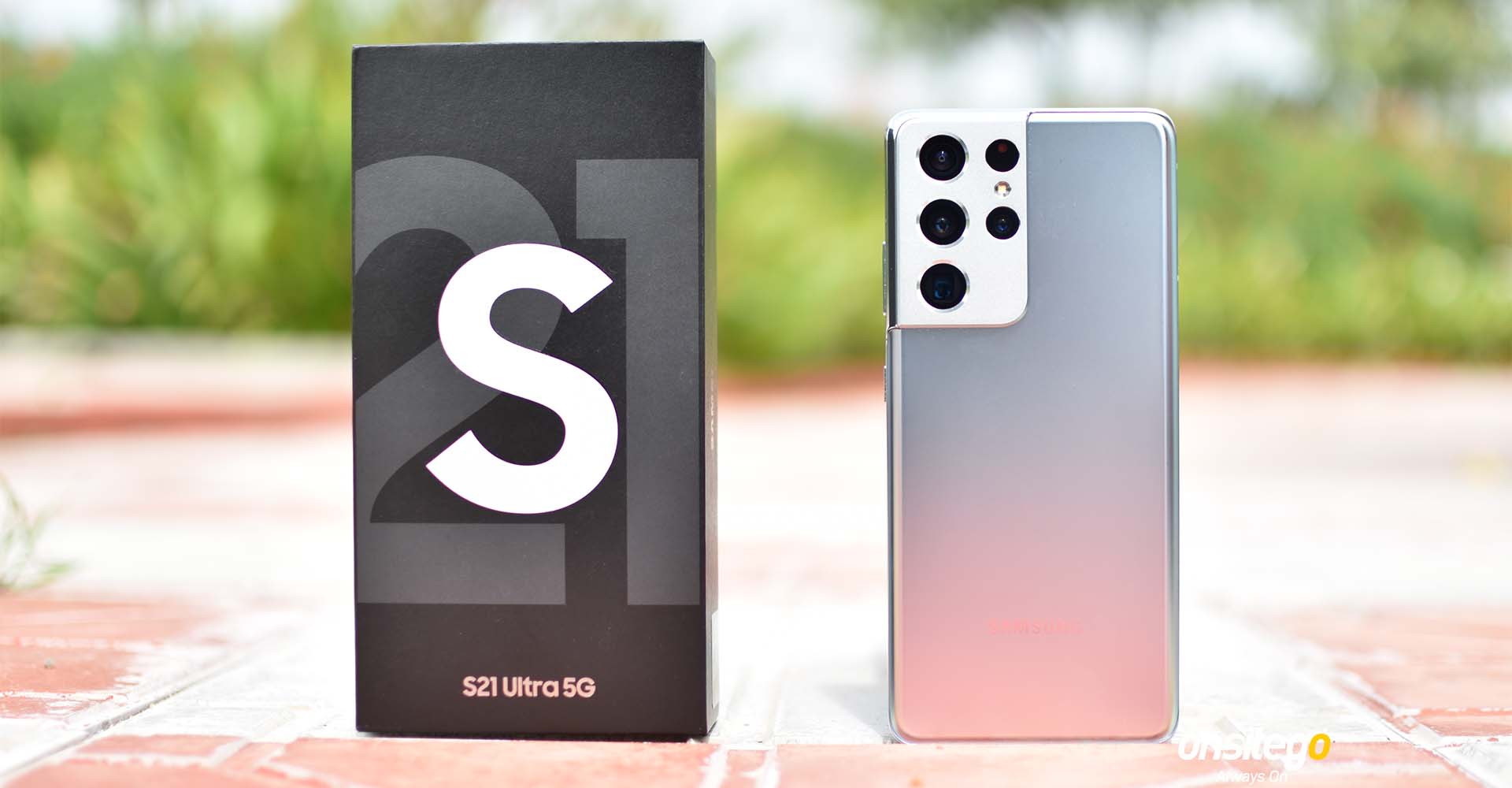
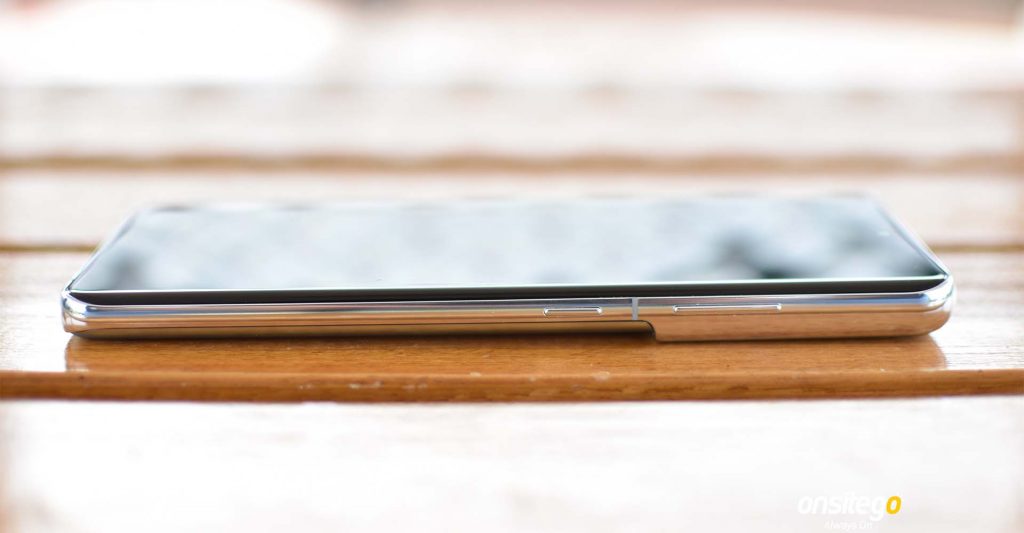
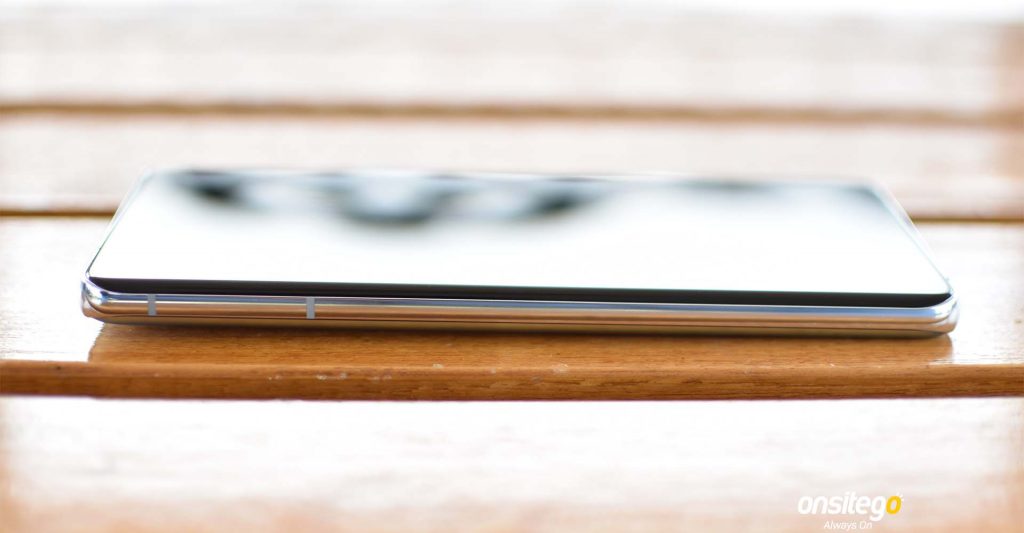
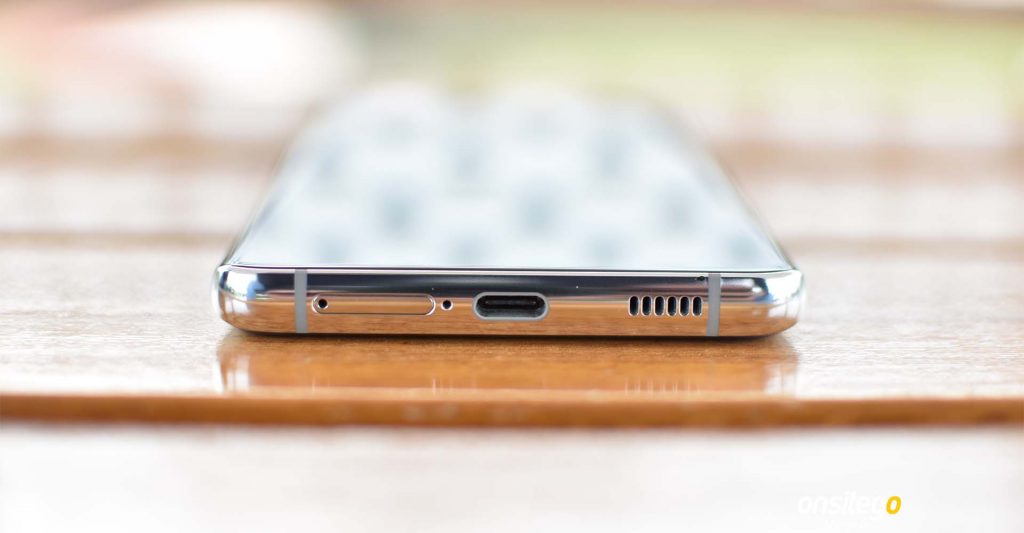
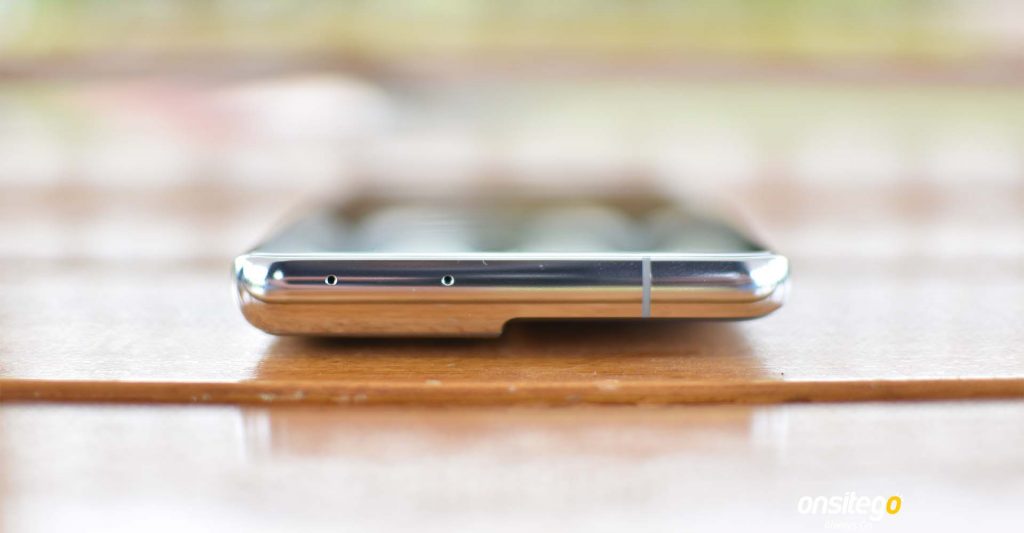
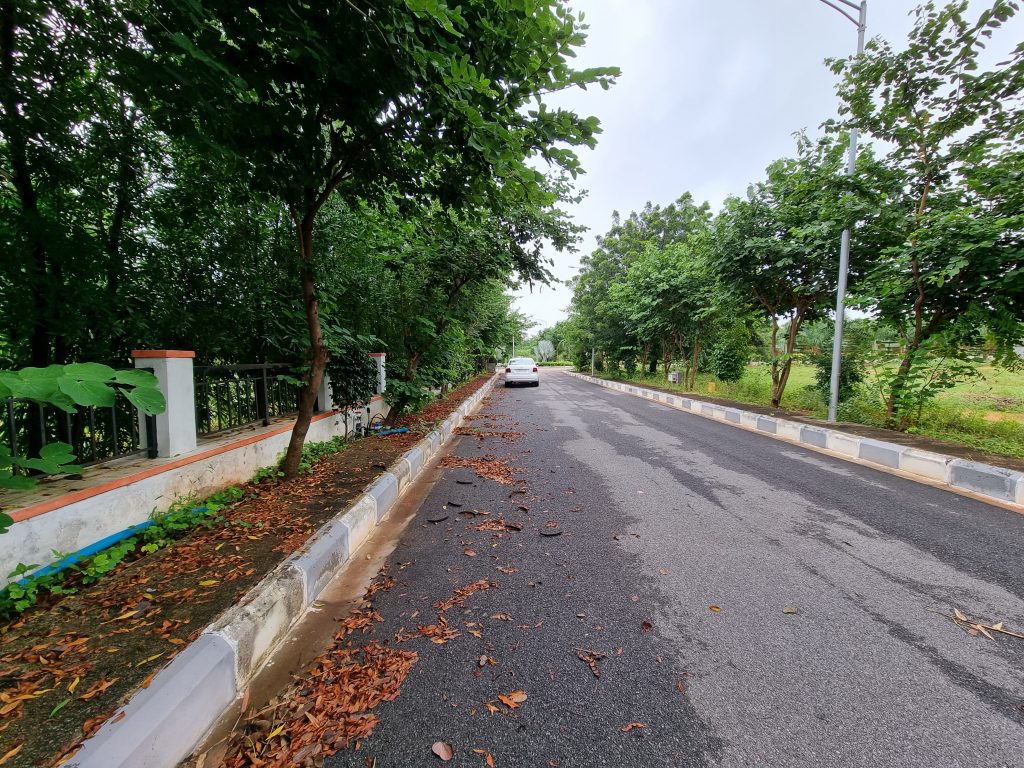
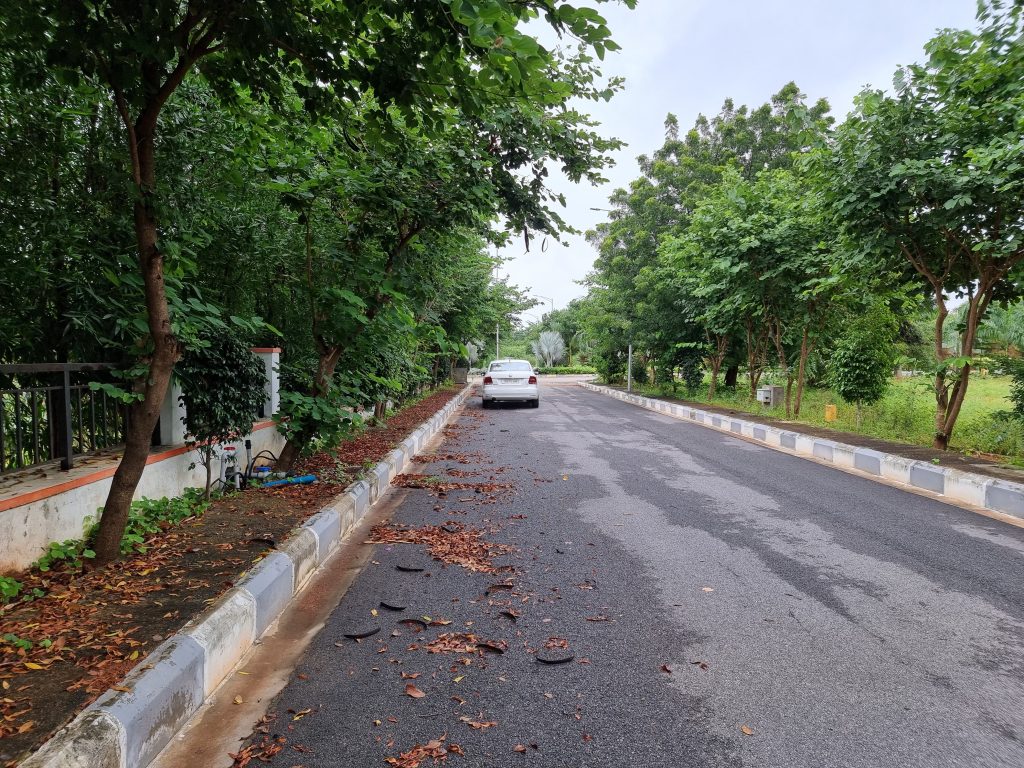
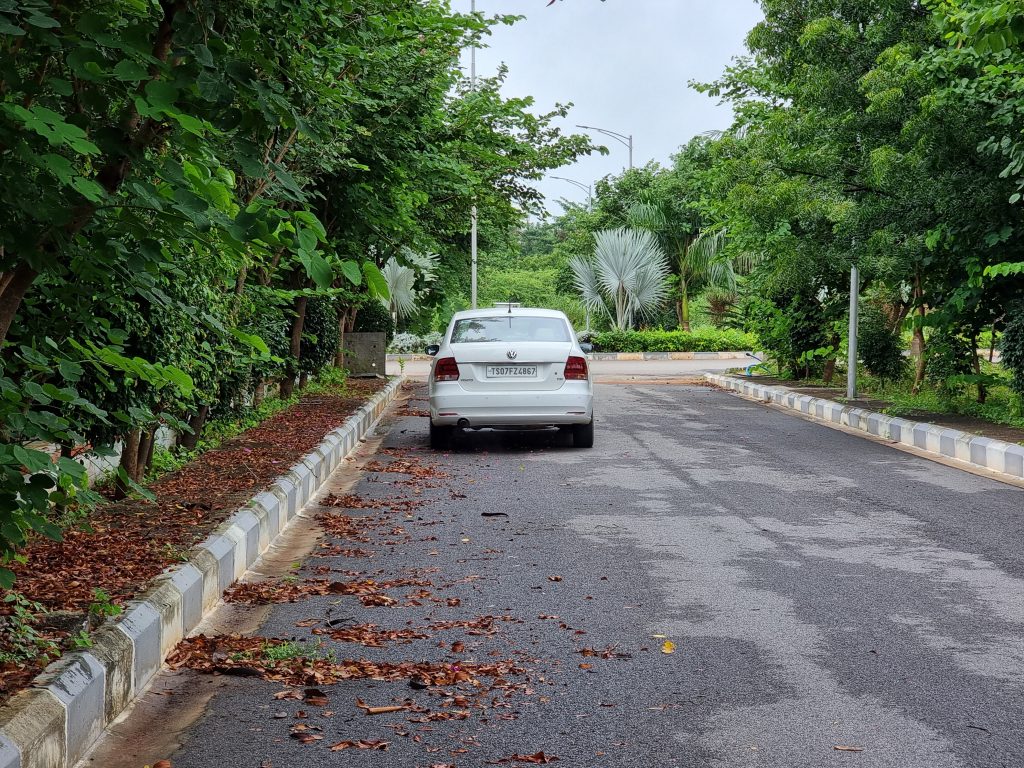






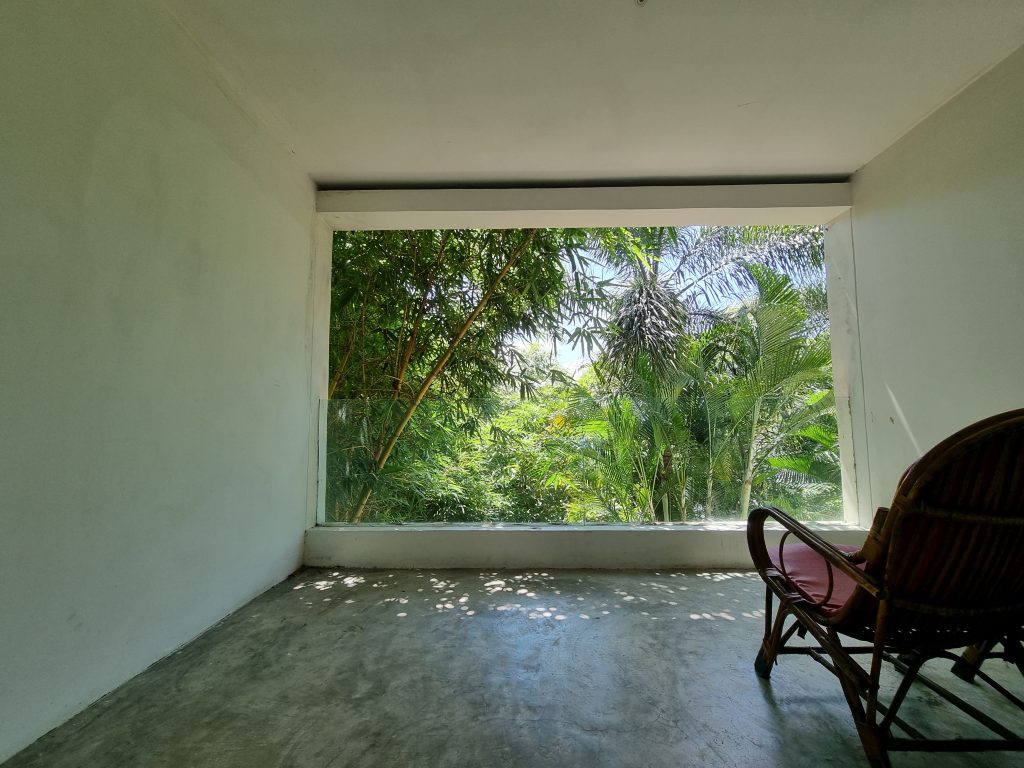
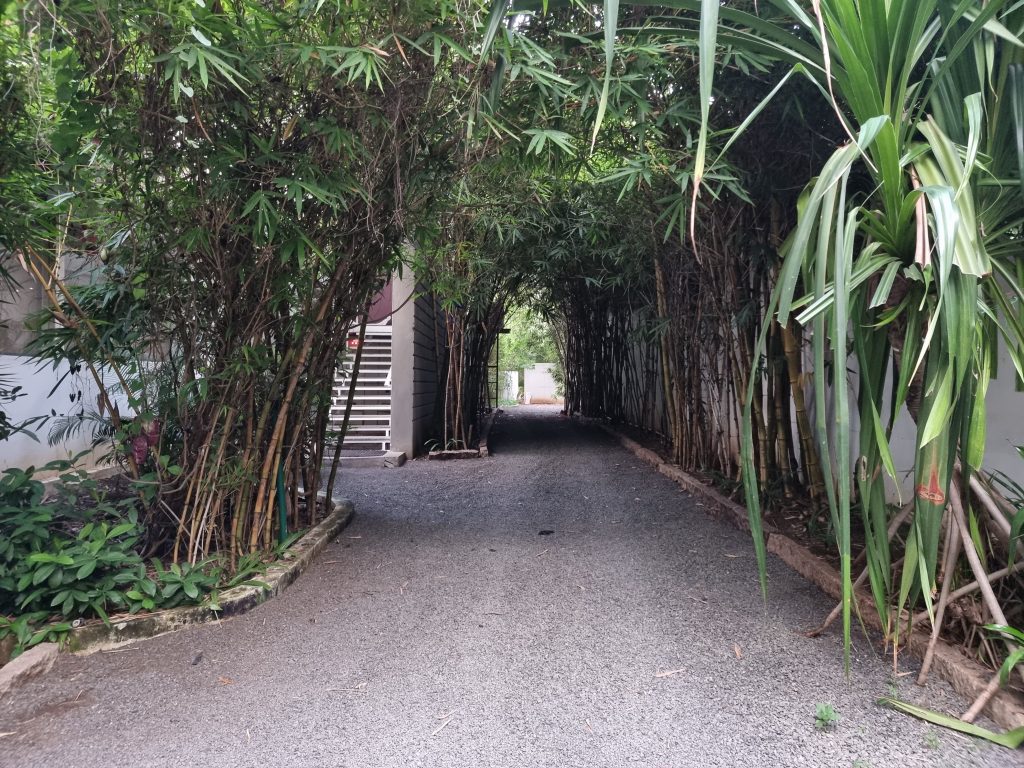
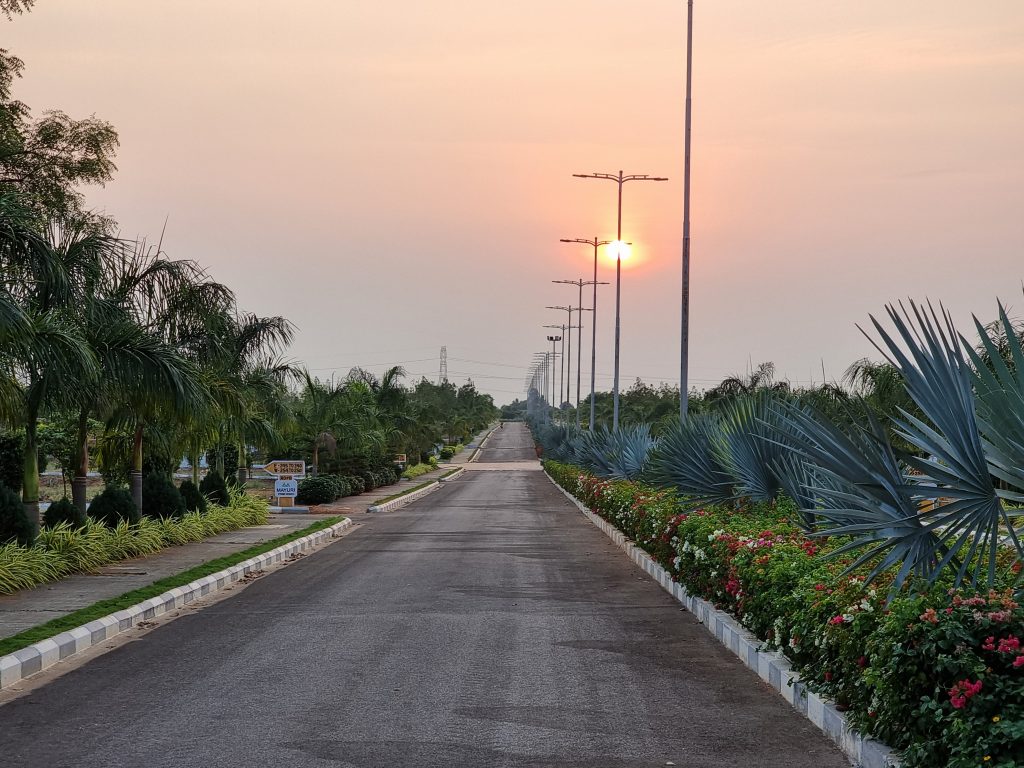
















Discussion about this post